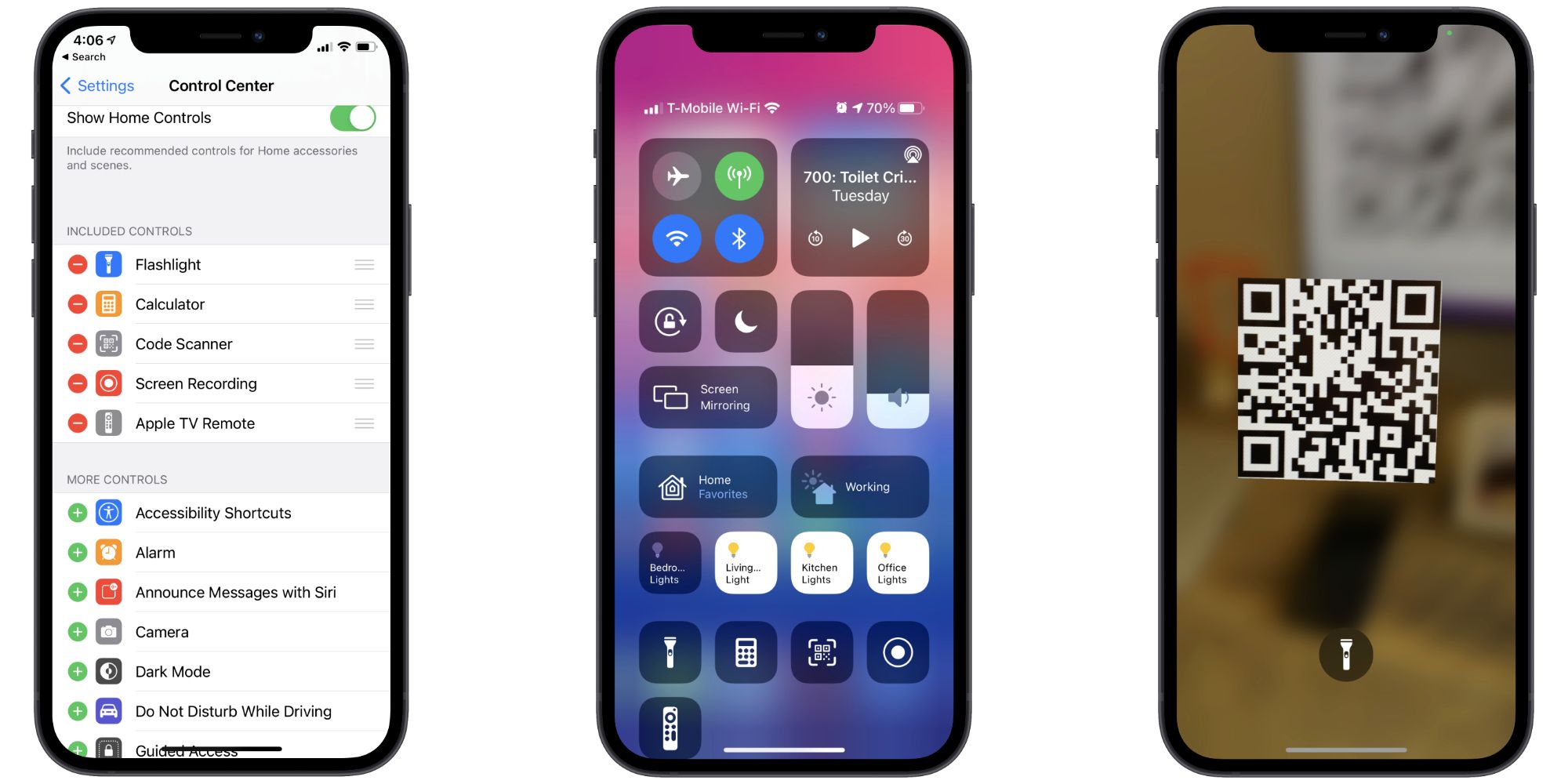The iPhone can scan a QR code to go to a website and the same is true for Android phones, which is useful, but this convenience can be abused with some nasty scams that are currently going around. It’s important to take a moment to review how QR codes work and ways to use them safely to prevent any potential problems.
QR (Quick Response) codes have been around for decades and recently they’ve become more popular, fueled by the pandemic which created a need for a touch-free way to help customers while avoiding human interaction. Originally, a barcode-scanning device was needed to read a QR code, but the prevalence of smartphones led to apps being developed to handle this task. By 2017, both the iPhone and Android phones could scan QR codes without needing a special app to be installed.
CNET recently reported that in Austin, Texas, some scammers printed about 30 QR codes on stickers and applied them to pay stations at parking lots within the city. When a person scanned one of these QR codes with an iPhone or Android camera, they were redirected to a fake payment website putting their financial information at risk. This illustrates how easy it is to place an official-looking QR code in a public location to mislead others, borrowing the credibility of the business or organization where the sticker is placed.
How To Avoid QR code Scams

QR codes are in use for legitimate and helpful reasons. For example, restaurants often have QR codes that can be scanned to see menus. This eliminates the need to pass out menus that would otherwise be handled by multiple people throughout the day. It isn’t harmful to scan a QR code with an iPhone or Android phone as no action is taken immediately. The code is read by the phone and converted into readable text that’s shown to the user.
This means a QR code is a bit like an email or a text message. In a way, these printed codes are safer than an email or text link since they might have the address hidden. With a QR code, it becomes visible after scanning. The link itself isn’t dangerous as long as care is taken to click only if it seems legitimate. Most authentic QR code links found in public places are simply trying to provide information. A bit of caution and taking an extra moment to read what is scanned is all that’s needed. If a website from a QR code seems fishy, just close it. For example, a restaurant shouldn’t ask an iPhone user to log in to a website to view a menu or require an Android user to make a payment via a QR code link.





